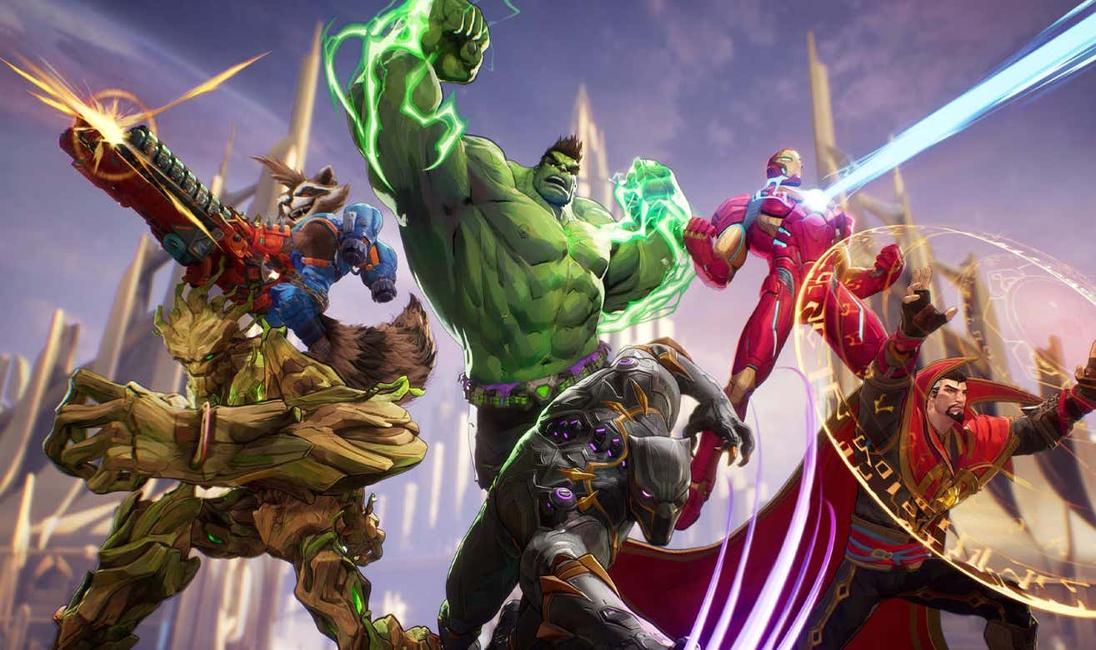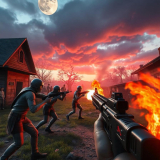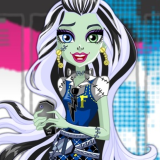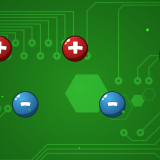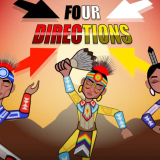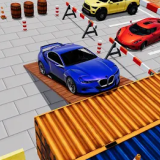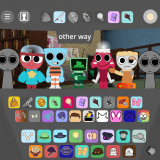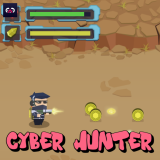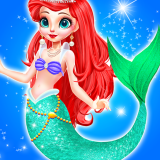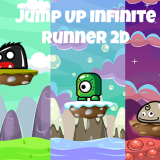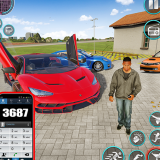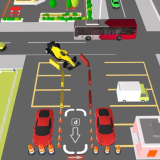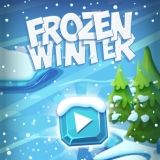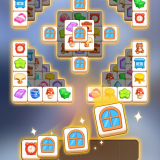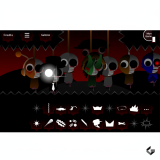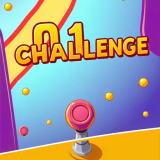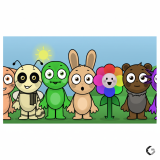Marvel Rivals is a recently launched hero shooter that has garnered attention from users in all over the world. Because of its unique, innovative and unconventional approach to gaming, to gaming avatars, and to gameplay systems it has become a mainstream phenomenon. Unlike Overwatch 2, Marvel Rivalry has been slow to accept some design heuristics. This selection also has the consequence of inducing the development of an identity different from others in the community of the multiplayers of the game. What makes the game unique, however, is that it is different from Action or Adventure games.
Today in this blog, we'll talk about what Marvel Rivals does not take from Overwatch 2. We show the applicability of it in relation to game play, the anatomy and physiology of human characters, and social interactions. In a bid seeking to innovate and win over game users, Marvel Rivals is aimed to innovate and win the hearts over game users.
Unique Gameplay Mechanics
MMR is driven by gameplay mechanics that uniquely differentiate Overwatch 2. This is due to a new mode of play that players assume, which is adjusting their way to play in response to the third-person view that is presented during a playing experience, that they alter their interaction with the playing environment. This perspective enhances the Action and Adventure experience.
Third-Person Perspective
Despite being an uncommon variant from Overwatch 2, the third-person perspective has been presented as an original approach. The transformation lets the player move around the game world in a "more free" way. In the remote context there is a wider panorama of the scene to be presented and team members can cooperatively interact with each other in a more global way. Players are now able to see with relative ease their environment and their avatars in larger portions of the environment. This detail enhances strategic planning during matches.
Furthermore, third-person perspective allows a more kinetic Action scenes. Players will be equipped with the capability to perform spectacular feats and combos based on what they can deduce for themselves, or what may be deducible by virtue of what is in their environment. This new function is a drawback to the fun parts of the game "playtime" and the sense of game play.
Destructible Environments
Continued redesign for such environments is a relatively novel aspect of Marvel Rivals. Players can alter maps during matches. This feature allows for unpredictable gameplay. Players can create new paths or block enemy advances. It also raises an issue of tactic in the fight since the dynamics of the scene offer dynamism to the fight. Although as a direct comparison, in Overwatch 2 a certain level of acute nimbleness and reactivity to the given input is necessary in contrast to the one given feedback.
Destructible environments also foster teamwork. Because Closeness depends on the individuals possessing at a minimum some communicative ability that will allow them to both benefit from the same adaptations, the movements of the players are shifted so that each player is moving to make himself the pursuer of the other player and is moved also to be chased by an obstacle player who is situated in front of his/her body. This element increases the thrill of Multiplayer matches. It promotes user engagement and strategic thinking in such a way that each session is unique but always fun.
Character Diversity and Abilities
Furthermore, the cast of Marvel Rivals, as well as some of the game mechanics, is also a heterogeneous component of Overwatch 2. The roster consists of classic Marvel characters and foes. All the characters are endowed with a different ability, with comic book origin. This creative approach adds variety to gameplay.
Marvel's Iconic Heroes
In contrast to Overwatch 2, the former is a recent arrival, while on the other hand, Marvel Rivals is a narrative of the characters in the Marvel universe. Players can select classical heroes, i.e., Spider-Man, Captain America, and Iron Man. This familiarity creates an immediate connection for players. There is a process by which the fans and characters that they currently hold in such high regard meet one another.
However, Marvel Rivals also innovates within these characters. Each hero has unique abilities that enhance gameplay mechanics. [I] For instance, Spider-Man is a solution that is intrinsically able to move about, with properties that permit it to move about quickly and in a nomadic way, with very high speeds and sharp, ambush-style assaults. This dynamism is at odds with some of the static mechanicals in Overwatch 2.
Team Combinations and Strategies
Marvel Rivals encourages players to experiment with team compositions. Combination of characters has a tactical dimension to matches. This aspect requires players to plan their moves carefully. Players will test various combinations to discover effective strategies. Whereas in Overwatch 2 teamwork and cooperation are integral parts of the game, in Marvel Rivals cooperation has been reached to the highest possible extent.
There are also homologous tactical choices regarding skill application in the game Marvel Rivals. In evolution, operatives not only need to maneuver around the other operatives, but also around the battle environment they fight in. Because of this interdisciplinary character of the game (i.e., Action Strategy), the game is appealing, since at each game (i.e., the same time) the game falls only into one of the aforementioned types.
Community and Player Engagement
The community behind Marvel Rivals has played an important and crucial role in the evolution of the game. In game development, the players themselves are actively used to design the game. This is in contrast to the way in which Overwatch 2 frequently introduces changes as a matter of internal choices.
Player Feedback and Updates
Marvel Rivals prioritizes player feedback more than Overwatch 2. Developers, too, are constantly working to implement the game as envisioned by community feedback. This interaction has become possible through continuous development and the game itself could, perhaps, develop and improve over time. By this technique, players can become immersed in the meaning of community tradition and in a voice that is deeply embedded in the community.
In particular that connection provides with the player community a sense of community. It is common for players to refuse to pursue a game unless there is a point where they can feel that their control has been understood and applied in game world in advance. This type of communication is what makes the community interactive and responsive, and as such the Multiplayer is capable of being interactive as well.
Community Events and Engagement
Marvel Rivals frequently hosts community events. These events encourage participation and collaboration among players. There is a wealth of possibility for engagement, from tournaments for special themes to time-limited modes. Each event creates a sense of excitement and promotes a collaborative environment, which leads to incomparable experiences.
The goal of MarvelRivals is to build a community that connects through community activities is the aim of the present study. Players collaborate as a group, each playing a role in the story of the game and initiating their own Adventure. It is during this experience, through which an intensely loyal, passionate fan base is fostered, and that fan base's emotional connection to the result of the game is better felt, than it holds.
The Role of Innovation in Gaming
Clearly innovation is an important aspect of any game that makes a difference. Despite Overwatch 2 has a large fan base, its gameplay mechanics remained at some points too challenging to get rid of the stagnation phase. In contrast, the game is all about the transgression of boundaries, being courageous, and providing a new experience.
Embracing Change
With respect to the discovery of novel solutions, Marvel Rivals has adopted an exploratory approach and is open to venturing beyond the comfort zone. The developers understand that players crave fresh experiences. What makes the difference is that the player's goal is, ultimately, to bring to life a new game in a very crowded market of games.
[Contemporaryizing, et cetera, the role of environmental devastation, for example, and some things are equally common in Marvel Rivals], the role of environmental devastation, for example, and other things. These modules maintain players' cognitive flexibility and gameplay adaptation. This game breeding responds to challenge to the traditional control of game norms, cultivate the research and experiment activity.
Setting New Standards
Marvel Rivals sets new standards for Action-Adventure Multiplayer games. Although it is informed by certain principles of Overwatch 2, it is not an *archetypical, sytematic adaptation* of these principles. Accordingly, the historical evolution of the game can be simulated under the hypothesis of the current choice. Marvel Rivals shows how creativity and old ideas can, and can indeed, be combined, thus opening up a new perspective for the gamer.
Conclusion
In its broadest sense, Marvel Rivals has not gone on to replicate any of Overwatch 2's features. With special novel game mechanics, richness of characters and involvement of the community, the game has a personality of its own. Marvel Rivals remains successful in the hero shooter competitive space in terms of novel features and player interactions.
It that it would be an unique mix of Action, Adventure and Strategy. Looking back, history will drive a continuing demand for games. As far as Action fans are concerned, the experiences offered by multiplayers are, indeed, quite challenging, but at the same time they are the most immersive experiences and terribly different, since as far as multiplayers go they are not. With regard to the future of this empowering endeavour, one can be optimistic as it offers the hurdle of extending the boundaries of what hero shooters (if and only if) are permitted to do.
#MarvelRivals #Overwatch2 #GamingCommunity #HeroShooter #Gameinnovation #Multiplayer #Actionadventures #Destructible environments #Game development #Player interactivity.
- First important point about the content
- Second point with detailed explanation
- Another noteworthy detail
- Final concluding thought
